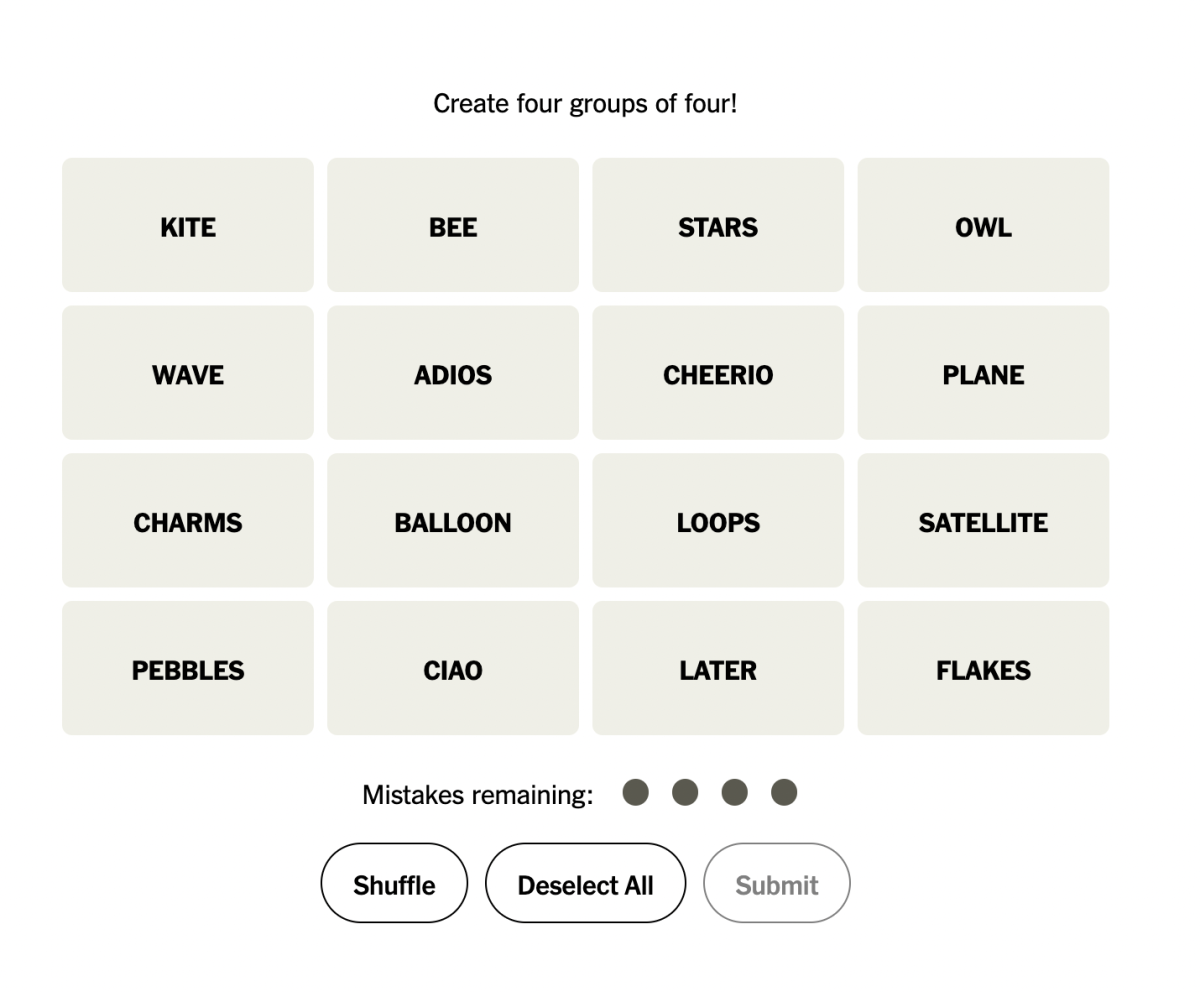Egypt in Memphis
Agents seize illegal artifact
November 9, 2022
Memphis and Egypt have a relationship that stretches back to the foundation of the city. Memphis was named after the city in Ancient Egypt, pays homage to Egyptian art in the Memphis Zoo’s architecture style, recognizes the pyramids in the Bass Pro Shop, and even is home to a 25-foot statue that is akin to one in Egypt on the University of Memphis campus.
So maybe it’s fate that the canopic jar was seized right here in Memphis. With ties like these, it is no surprise that the University of Memphis was selected to assist in authenticating a criminal 3,000-year-old artifact.
Since Aug. 17, the University of Memphis has been in possession of a canopic jar after it was seized by Homeland Security’s Department of Cultural Property, Art and Antiquities (CPAA), a subunit of Homeland Security’s International Operations unit.
The jar, known as the Canopic Jar Lid of Imnesty, was first found on Gallery Listing, an auction website with its roots in the United Kingdom. These jars have bases of concrete, and the one in possession of the University of Memphis is believed to date back to 1550-1292 B.C.
It is illegal in the United States for artifacts to enter and exit countries without following certain guidelines set by Homeland Security, and, because of this, the Canopic Jar that was illegally imported was intercepted by the CPAA.
The first step after this interception was to determine the legitimacy of the artifact. The Egyptology department was given the task to authenticate it. The ultimate goal of authentication is arguing provenance vs. provenience. Provenance is the object’s chain of custody or life history while provenience is verifiable information regarding the object’s origin.Without these, an archaeological object becomes decontextualized.
The experts at the University of Memphis were able to authenticate the jar and connect it to the Egyptian Third Intermediate Period between 1069 to 653 B.C., giving the jar an estimated age of 3,000 years. After authentication, the University of Memphis handed the jar back to the CPAA, which plans on returning the artifact back to its original location in Egypt.
It is important to remember artifacts are worth far more historically than they could ever be materially. Dr. Lorelei Corcoran, Egyptopology professor at the University of Memphis who was involved in identifying the jar, feels that selling artifacts in such ways as the Canopic Jar Lid of Imnesty was wrong, that artifacts such as this can never have a price tag put on them.
“We believe these pieces are invaluable because they are history,” said Corcoran.
CPAA agent Keith Hale explained in a lecture at University of Memphis on Egyptology and artifacts that the government does much more than just tax. It also helps protect these ancient works from corruption. Had the government not intercepted the Canopic Jar, an artifact with real ties to ancient history would have been illegally sold.
“I hope [you can] appreciate some of the awesome things [the government] does, instead of just all the awful things that are talked about [in the news],” Hale said.





















































